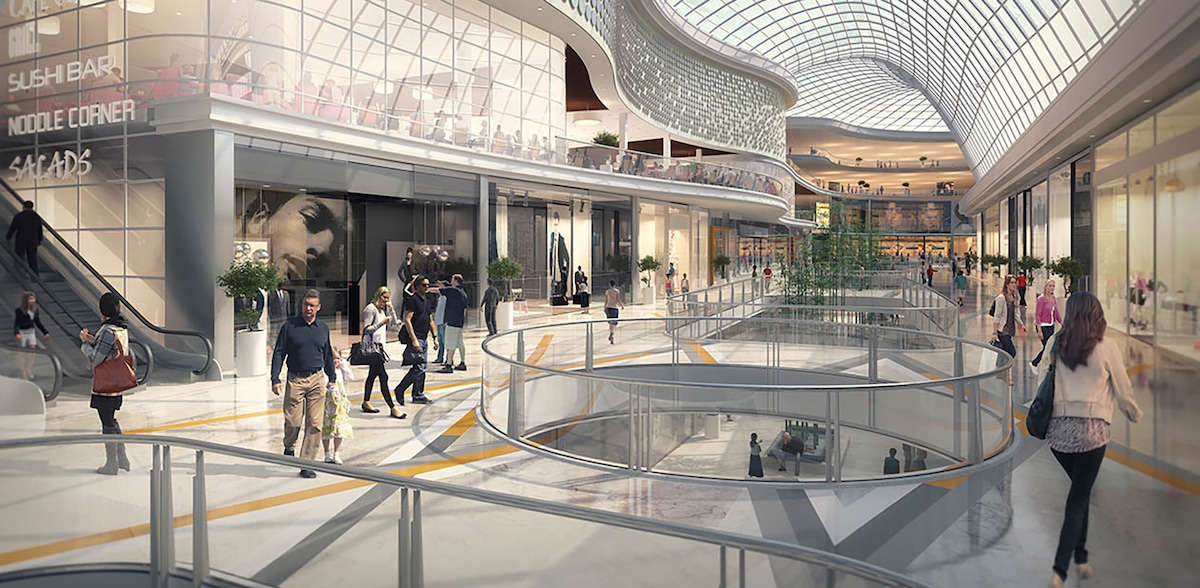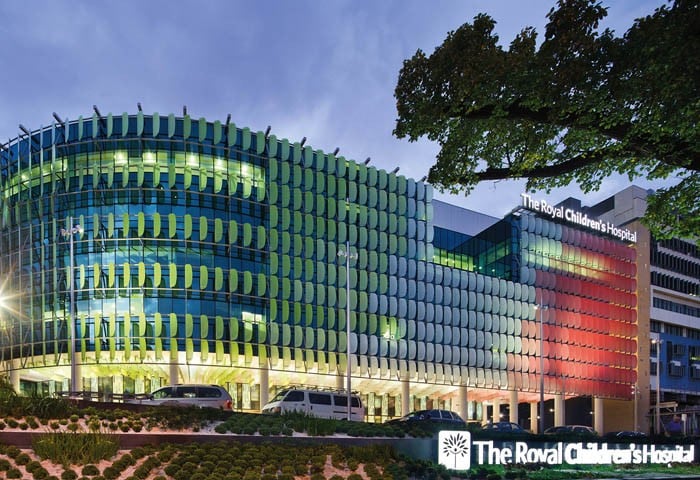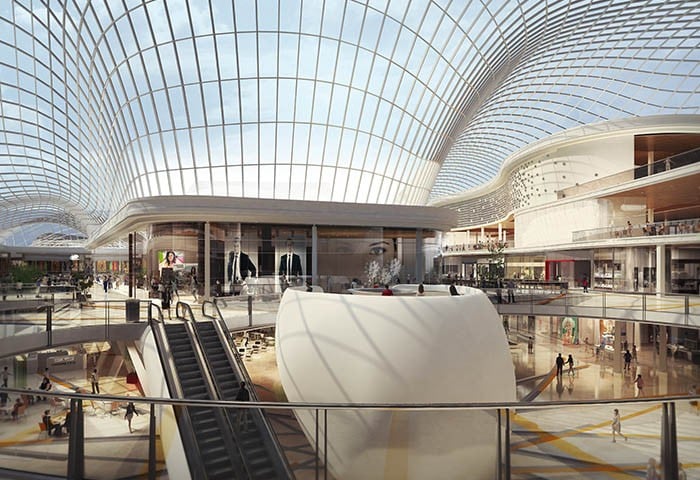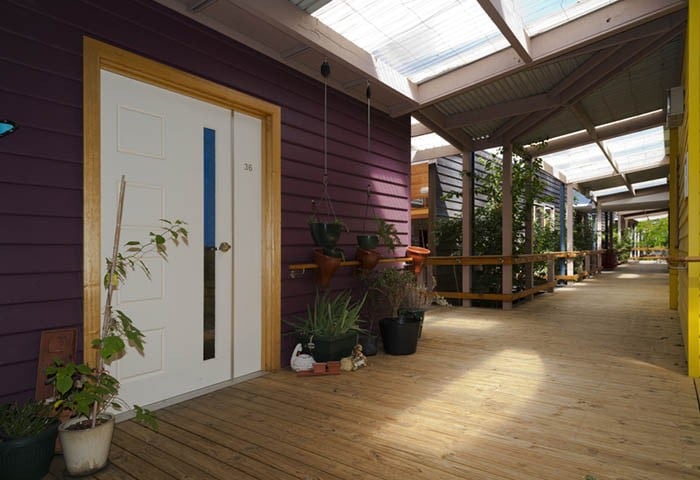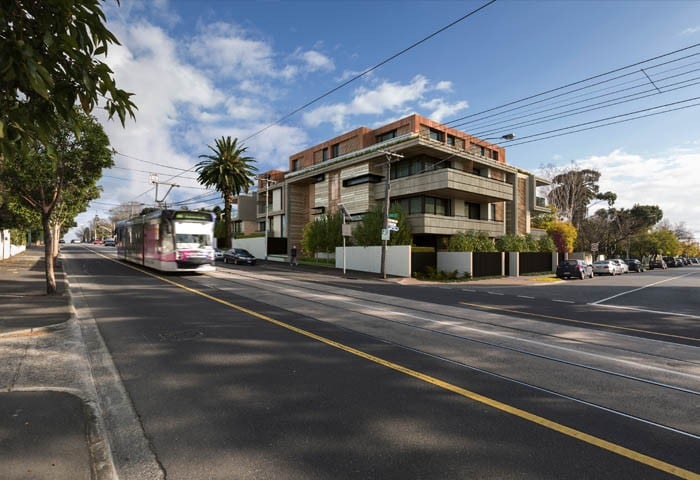2. Chadstone Shopping Centre, The Buchan Group Melbourne
Developments at Chadstone Shopping Centre meant the iconic fashion capital was the first retail development to be awarded a five-star Green Star Rating.
The extension of the shopping centre focused on letting in natural light, which increased lighting quality while reducing energy consumed by artificial lighting.
Central heating and cooling, LED lighting and intelligent control systems reduce greenhouse gas emissions by an estimated 71%. And potable water use was reduced by 65% through a combination of rainwater collection, low-use water fittings and monitoring systems.
Public transport and cycling features were also integrated into the centre reducing the need for visitors and staff to rely on cars.
“Rather than [just a] grand vision that relates back to architecture or buildings, it’s … the right thing for everybody to try and live minimally impacting the environment, the world and the resources that it has,” says The Buchan Group Melbourne Principal, Harvey Male.
“I certainly think it’s reached a tipping point in our industry.
“[But] if it becomes too much of a trend or fashion, then it’s missing the point. It shouldn’t be seen as that, it should just be the correct thing to do.”
